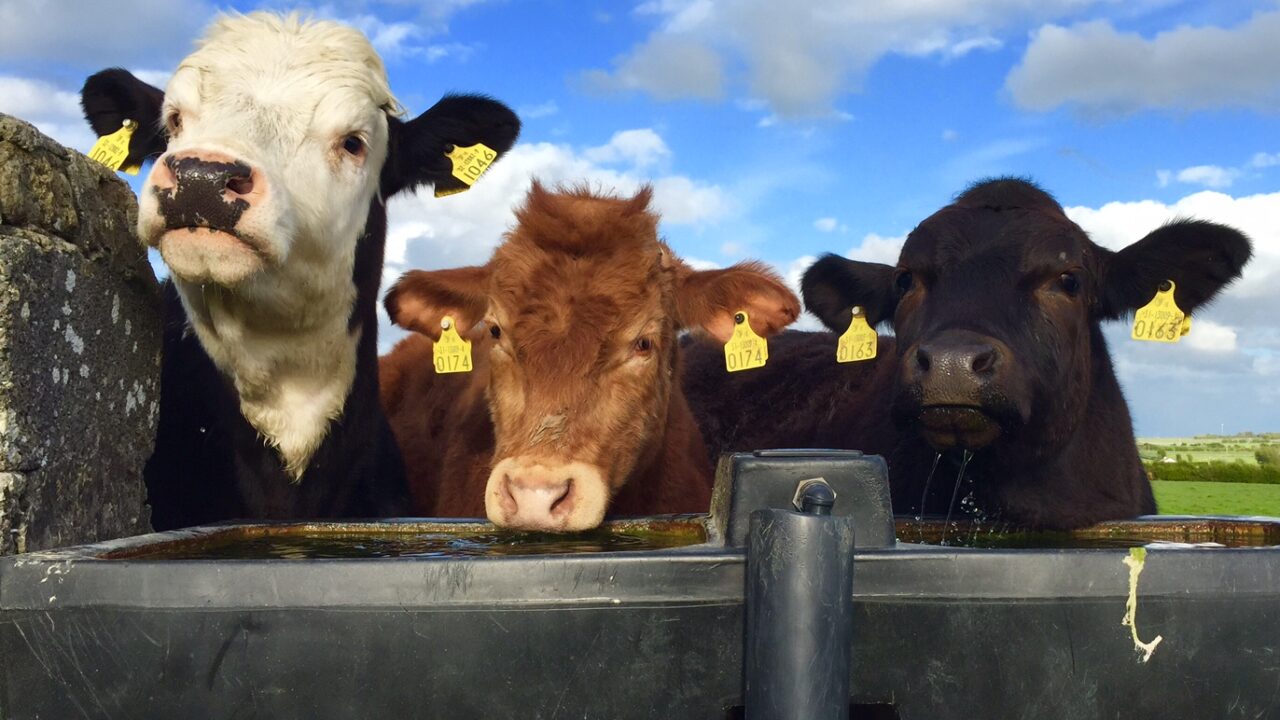Interest in organic beef production is on the rise and Teagasc has developed a handy 6 step guide to converting to organic production for those farmers who might be interested.
According to the Department of Agriculture, Food and the Marine, in mid-2015 there were over 1,300 organic cattle farms in Ireland, most of whom were suckler farms (~900). In total, there were over 59,000 cattle, including 19,000 suckler cows, farmed organically. is represents an increase of 65% in cattle farms and an increase of 100% in cattle numbers since 2008
1. Get the information
It is important that you acquire as much information as possible before making the switch to organic farming. Prospective organic farmers should first consult with their agricultural consultant or advisor to determine suitability.
Th is should be followed by attendance at some of the Teagasc/DAFM Organic Demonstration Farm Walks to see organic production systems at first hand, and to meet with other organic farmers, staff from the Organic Certification Bodies, the organic unit of the DAFM and Teagasc advisors/specialists.
There is a wide variety of publications, advisory guidelines, research updates, videos, event/course details along with links to relevant organic bodies and organisations available on www.teagasc.ie/organics.
2. Assess the market
For organic farming to be profitable a premium price must be achieved for produce sold. While the majority of beef supplied to the market is from steers and heifers, recent markets have emerged for calves (organic veal) and cull cows. Beef farmers interested in organic conversion should speak with other organic farmers, processors and wholesalers about potential markets.
Major factory outlets for organic beef are Goodherdsmen, Slaney Meats, ABP and Jennings. Premium prices of 15 to 20% have generally been achievable for organic beef in recent years. According to processors, the demand for Irish organic beef will continue to rise, especially in mainland Europe.
3. Maximise payments from the Organic Farming Scheme and other supports
Consult with your agricultural consultant or advisor, or the Department’s website (www.agriculture. gov.ie) about scheme and grant support available for organic farming.
An organic farming scheme (OFS) which is an area-based payment and both an on-farm (OCIS) and an off-farm capital investment scheme is funded under the new Rural Development Programme (2015- 2020) and opens up at various stages throughout the programme.
4. Complete an organic course
A 25-hour ‘Introduction to Organic Production’ course has to be completed before acceptance into the DAFM Organic Farming Scheme (OFS).
5. Choose an organic certification body (OCB)
In Ireland, there are three certification bodies (Demeter, IOFGA or Organic Trust) which certify organic operators involved in land-based farming under the auspices of the DAFM.
Th e farmer initially applies to one of the three certification bodies with the application form, conversion plan and fee payable. Once the application is accepted, a conversion date is granted and a conversion period (normally two years) commences.
The Organic Certification Body carries out an annual inspection to check compliance with the standards and to ensure that organic records are in order. Spot inspections may also be carried out to check for compliance with organic regulations.
6. Complete an organic conversion plan
Th is involves a detailed description of management practices on the farm, the changes required on the farm, soil analysis, faecal analysis, livestock housing plan, animal health plan (in consultation with your veterinary surgeon) and land/crop rotation plan.
The plan can be drawn up by the farmer alone or in consultation with the farm advisor. Attending a FETAC accredited “Introduction to organic farming course” is an excellent way of learning how to complete the conversion plan.





